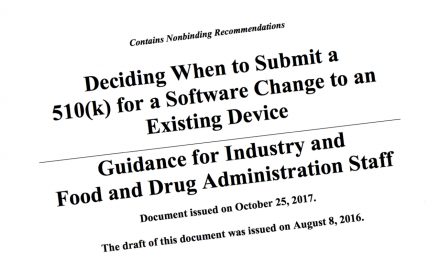The Bluetooth Special Interest Group has formed a Medical Devices Working
Group with the objective to enable health-related devices to work with
consumer electronics products (press release). At a Bluetooth SIG meeting last month in Seattle, a group of 19 vendors, including Intel, Philips, and Welch Allyn, agreed towork on a new Bluetooth Medical Device Profile that will optimized interoperability between health-related devices and
personal consumer electronics products such as mobile phones, PCs and PDAs
where Bluetooth technology is already common.
monitors and exercise equipment, which implement the new standard will be
able to send information wirelessly to Bluetooth enabled PCs or cell phones
so that users can monitor their health information or share this information
with a doctor or fitness coach anywhere in the world, said Robert Hughes,
chair of the new Bluetooth SIG Medical Devices Working Group and a senior
wireless standards architect in Intels Digital Health Group.
The SIG will begin work in the profile immediately, and hopes to have a ratified profile available for use in the first half of 2007. The completed profile will run on all current versions of
Bluetooth technology including the future high-speed version. Bluetooth is a great low cost wireless technology for communications between a sensor or medical device and a gateway that transmits data on to a local or wide area network. Several Bluetooth enabled medical devices currently exist, but their Bluetooth
implementations are proprietary and therefore are not interoperable
with devices from other manufacturers. The SIG is targeting the following applications:
- Health and wellness management: by using a Bluetooth-enabled device such
as a blood pressure cuff, weight scale or cholesterol monitor, the user
regularly collects health data that is then wirelessly transmitted to
another Bluetooth device such as a mobile phone, PDA or health appliance and
could then be sent to the patients caregiver for remote monitoring and
health management of the patient. - Chronic disease management or patient recovery: using a Bluetooth sensor,
a chronically ill patient can measure their vital health indicators on their
own or with their caregiver via a Bluetooth computation engine (PDA, PC,
mobile phone, etc.). - Medication management: a patient can receive reminders to take medication
using a Bluetooth medication dispenser. If the patient has not taken
medication after several reminders, an alert with the time and the medicine
missed can be sent to their caregiver who can take the appropriate action. - Fitness and workout tracking: the user is able to monitor fitness goals
by tracking health data during a workout with a Bluetooth sensor such as a
calorie counter, weight scale, or heart rate monitor. Data is then
wirelessly transmitted to a Bluetooth computation engine (PDA, PC, mobile
phone, etc.) where the user can track his or her progress relative to their
fitness goals. - Remote biosensor measurement With a Bluetooth medical kit connected to a
set-top box or PC, patients can have their health status checked from the
comfort of their own home by conducting a phone or video visit with their
caregiver. Once the information is gathered it is then transmitted to the
caregiver in order for the patients health to be monitored.
Bluetooth has many potential applications, but no technology is perfect. There will be applications where Bluetooth's power consumption, component size, or cost of goods (COGs) will be too high. Fortunately there are other technologies available to complement Bluetooth.



Recent Comments